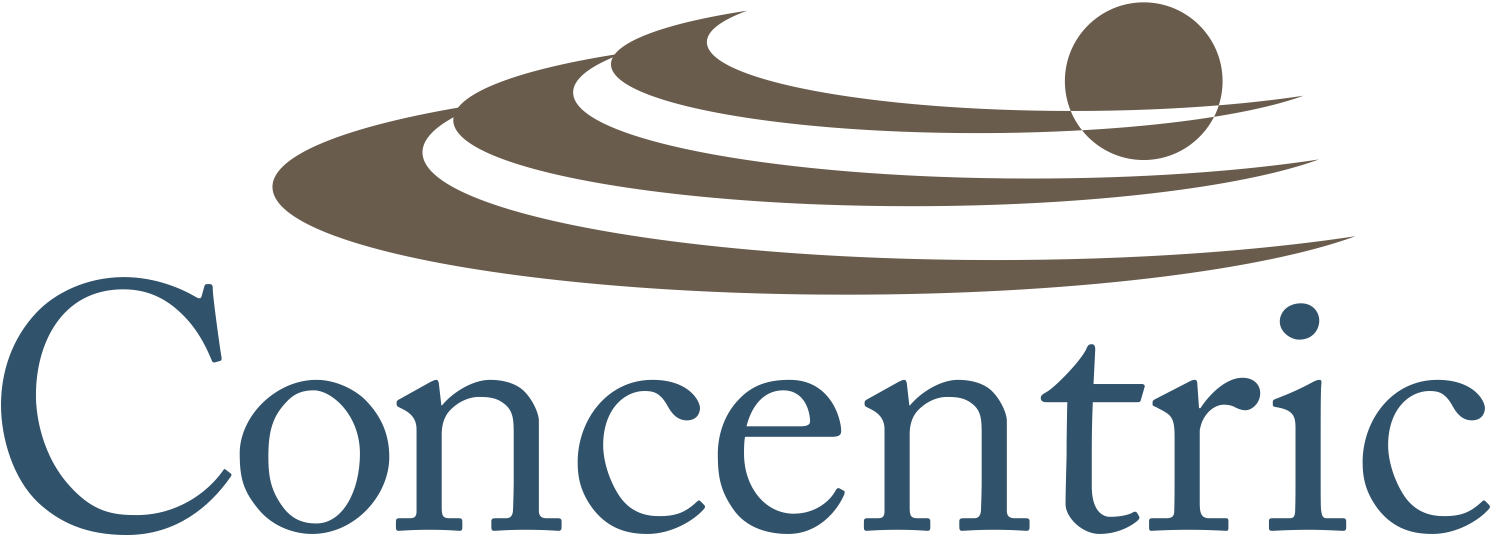Is your organization ready to adopt ISO 9001:2015?
If your answer is YES, which best describes the motivation for this adoption:
This Standard is your industry’s general practice?
It is your customer’s request?
It is a Marketing initiative to improve your competitiveness?
Or simply because you are ISO 9001:2008 and want to keep the registration?
You may acknowledge one or more of the justifications above as genuine enough in your case. However, your organization’s leadership truly believes that the very first statement of the ISO 9001:2015, clause 0.1 Introduction, is valid, and that’s significantly larger than all the justifications above combined!
“The adoption of a quality management system is a strategic decision for an organization that can help to improve its overall performance and provide a sound basis for sustainable development initiatives”.
The understanding of this Standard’s requirements, recommendations and permissions demonstrates an intuitive and logical rational that concludes that none of the requirements are unhelpful or useless. Indeed, compliance with ISO 9001:2015, means the minimum applied efforts and resources to achieve a better business structure, with more productivity, more competitiveness and, sure, more growth. Let us explain this rational!
The adoption of the Standard starts with evaluating external factors; one must understand the context of the organization, its capabilities, the market, the competition, applicable statutory and regulatory requirements. The next step in the progress is the identification of all interested parties; meaning all stakeholders like customers, external providers, employees, contractors, government, and the understanding of their needs.
Afterwards, the exercise flows into the organization’s methodology to do business; its vision, mission, and objective. As well as how that foundation is connected to the organization’s initiatives, strategies, projects, and the scope of products and/or services provided. Furthermore, you will want to dive even deeper by identifying the business processes, its required operational procedures, performance indicators and key performance indicators along with the communication of roles, responsibilities and authorities. All of this drills down to the customer focus, which signifies the organization streamlining the business processes to ensure that the value added tasks are enhanced, the non-value added but necessary tasks are minimized and the non-value added and unnecessary tasks are eliminated.
Following in the sequence, identifying the provision and management of resources such as available and capable people, appropriate infrastructure and environment. Across all phases, documented information is required based on the specific business’ needs whenever is appropriate. In a management system, it is expected that the processes and procedures are suitable to the business’ needs, and also expected for the execution to be conducted in accordance with those rules. Generally, the evidence of the performance in accordance with these processes and procedures demands a record, and a record needs to be managed: its gathering, retention, and disposition.
In addition, across all these phases, risks and opportunities are required to be investigated and an action plan revisited. This is the new denomination of risk assessment; also known as risk-based thinking in the new standard. Risks and opportunities can affect the business performance, and are managed by the plant leadership team. These leaders, by the way, become owners of their respective business processes, and are expected to hold periodic checks on the business performance via QMS (Quality Management System) Management Reviews, which is a structured methodology to conduct the PDCA cycle (Plan, Do, Check, Act).
Operational planning and control is a large portion of this system. It begins with a products and/or services development roadmap. Inputs are customers and market requirements, which are captured and incorporated into the new products/services development and implementation plan. Then, there are the need for control of changes, any changes, products, services, processes, etc. If the organization decides to count on externally provided products and services, a set of tools for this management and control is required to be implemented to ensure they will perform as efficiently as if your organization would do it internally. If your company holds property belonging to your customers or external providers, then another set of controls are expected. Release of products and services to the customer, control of non-conforming process outputs, which includes material non-conformities, product preservation, packaging, delivery and post-delivery activities complement this session.
At the end of this exercise we reach performance evaluation, which is how the organization’s execution, planned in the earlier phases, meets the intended results. Internal audits are required to assess the QMS effectiveness and to sustain the improvements. We finalize with the customer and other stakeholder’s satisfaction evaluations, risk and opportunities analyses once more, and mainly, continual improvement planning.
Do you find this explanation intuitive? Logical? Does your organization think it is worth adopting? What are your thoughts on adopting the new ISO 9001:2015 Standard? How are you going to adopt the new standard? Leave us a comment on your plan for implementing the ISO 9001:2015 Standards. As always, we’re here to answer all of your questions as your organization goes through this transition. Feel free to reach out and ask away.

